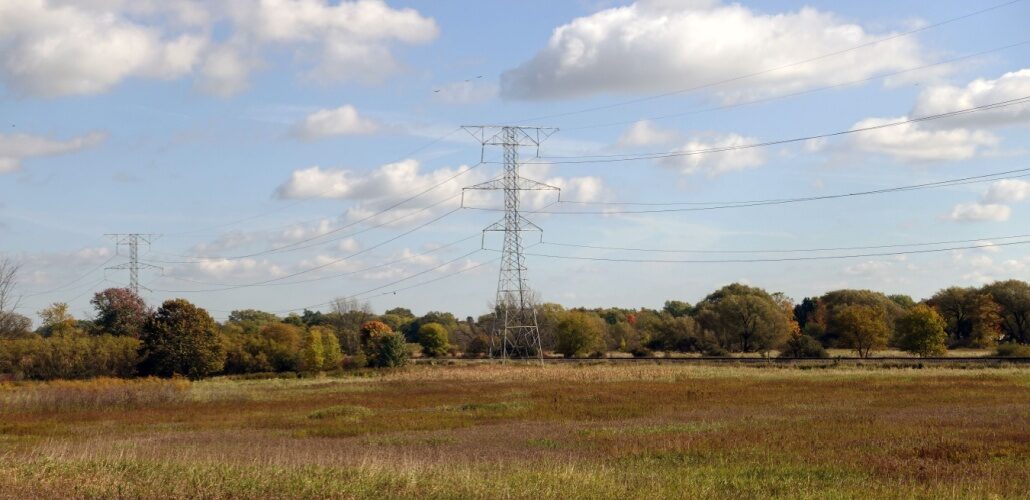Xcel Energy proposes Wisconsin transmission connection
Xcel Energy has filed an application for Certificate of Public Convenience and necessity with the PSCW for a new transmission line.

Image for illustration purposes.
USA, Wisconsin: Xcel Energy has filed an application for Certificate of Public Convenience and necessity with the Public Service Commission of Wisconsin (PSCW) for a high-voltage transmission line that will bring renewable energy to customers in Wisconsin, improve long-term reliability, and manage the energy grid as it evolves.
The Western Wisconsin Transmission Connection is a proposed 345 kV transmission line which will begin near Blair, WI, connect to existing infrastructure near Eau Claire, and connect to existing lines to the north and east. The company has proposed two route options for the review, developed after outreach with communities, community groups, and landowners throughout 2023. The PSCW will review the application and schedule public hearings. If approved, construction will start in 2026 and the project should be operational by 2028.
“Delivering low-cost renewable energy to customers, while also providing unmatched reliability and keeping bills affordable is how Xcel Energy will lead the clean energy transition. Projects like the Western Wisconsin Transmission Connection is a key step in serving our customers with the affordable, reliable, carbon-free electricity they need while also building the grid of the future for the region,” said Karl Hoesly, president, Xcel Energy Wisconsin.
The project, along with other projects being developed in Minnesota and Wisconsin, will enable the delivery of more than 2.5 GW of new renewable energy to customers, enough to supply over 1.3 million homes each year.
When combined with other transmission lines being developed in the region, including the Grid Forward-Central Wisconsin project proposed by ATC and Xcel Energy, the total economic benefit might exceed $900 million. These will be delivered to customers through new access to low-cost renewable energy, improved long-term reliability and system resilience, and improved system performance that will help the grid operate more efficiently.
Source: weau.com
#transmission line#USA#Western Wisconsin Transmission Connection#Wisconsin#Xcel Energy





